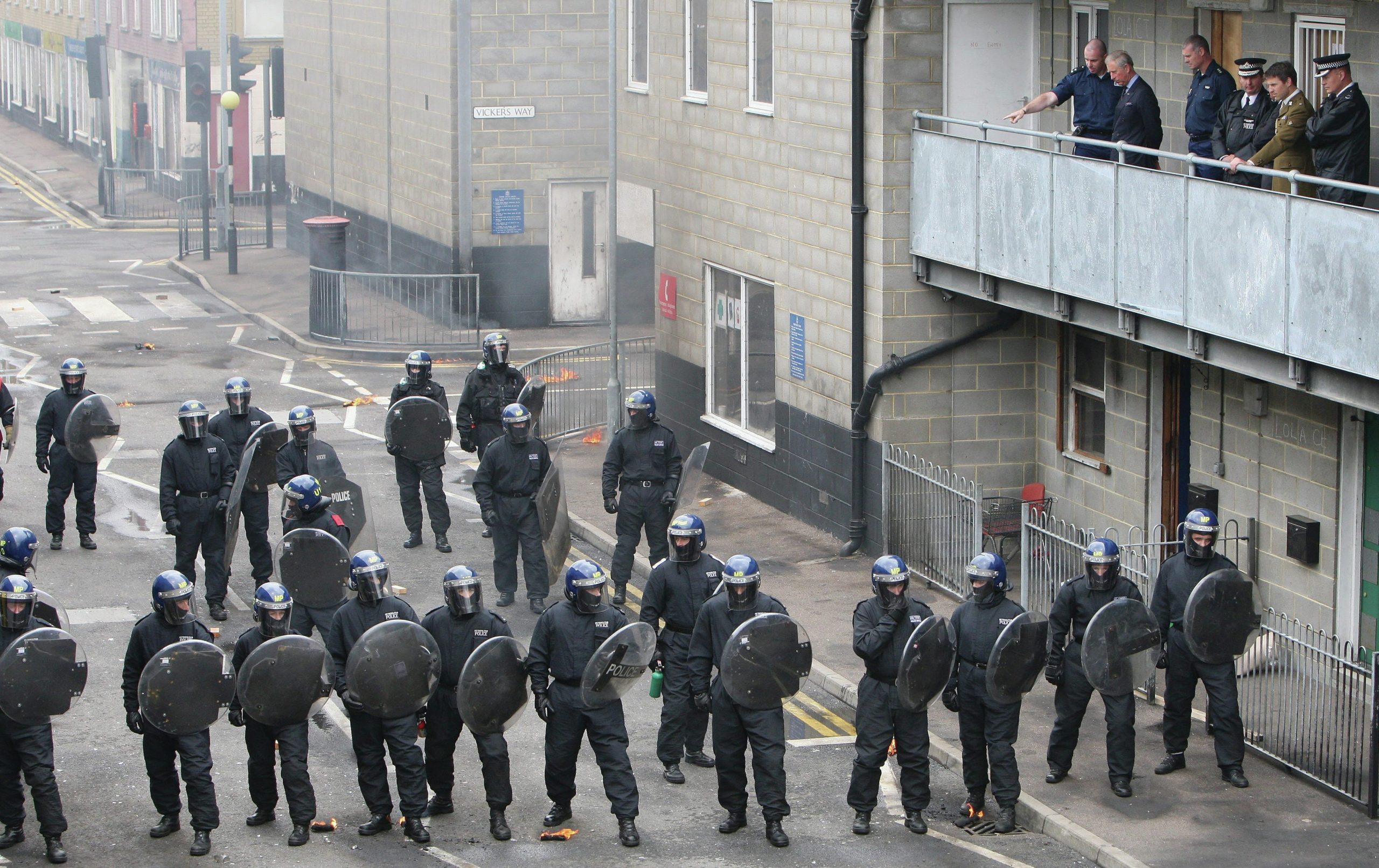
Of all the major social psychological theories of aggression, the deindividuation account is the earliest. It is based on Le Bon’s (1895) study of the aggressive behaviour sometimes associated with crowds. Le Bon, a French social psychologist and sociologist, was the first to recognise how an individual’s behaviour changes when s/he is part of a crowd. The individual in a crowd, he stated, ‘descends several rungs of the ladder of civilisation’.
Le Bon identified a number of factors that lead an individual in such a situation to become psychologically transformed. The most important of these is anonymity — the more anonymous the crowd, the greater the threat of extreme action. A ‘collective mindset’ takes over and the crowd acts as one unit. The individual becomes submerged into the crowd and loses self-control.
Your organisation does not have access to this article.
Sign up today to give your students the edge they need to achieve their best grades with subject expertise
Subscribe




